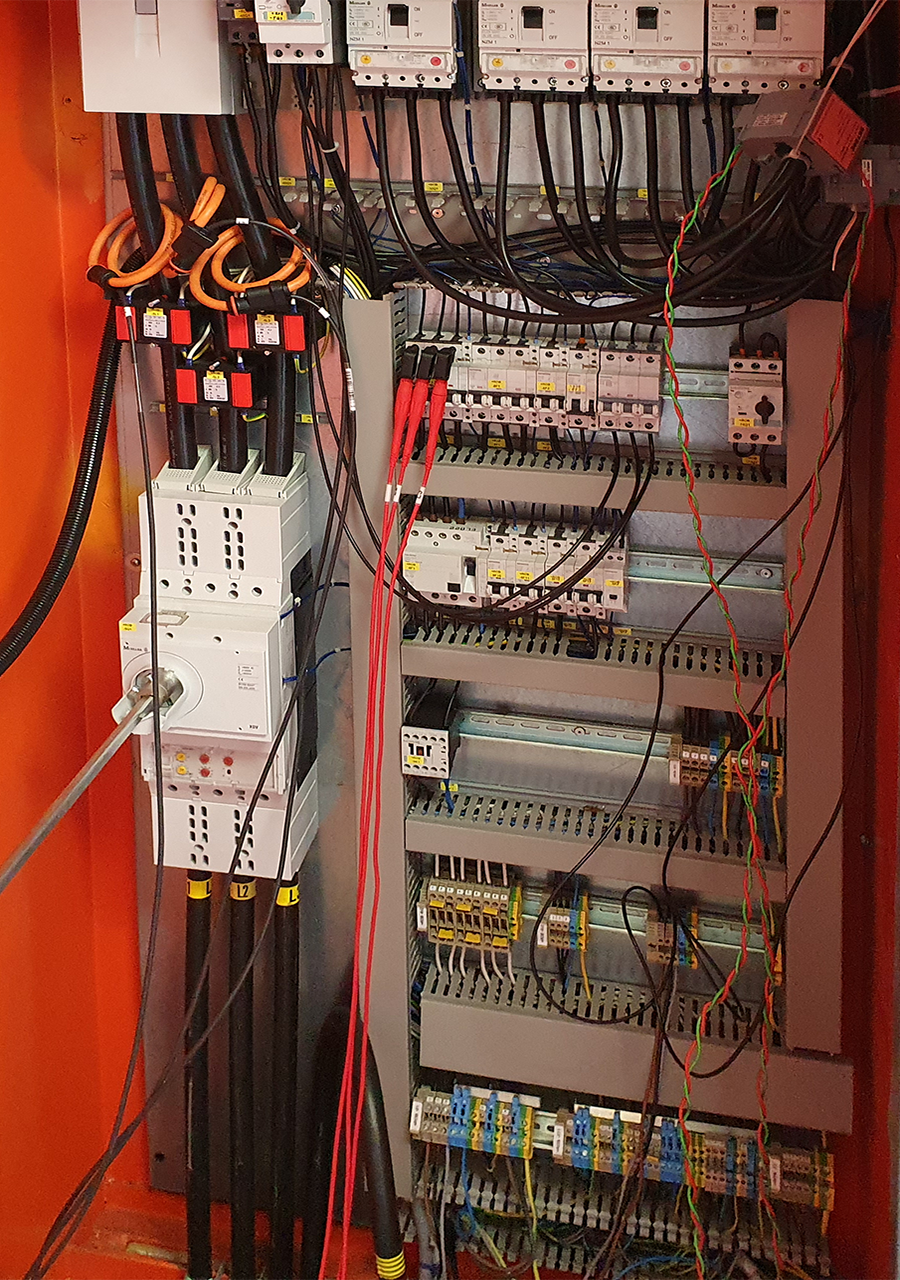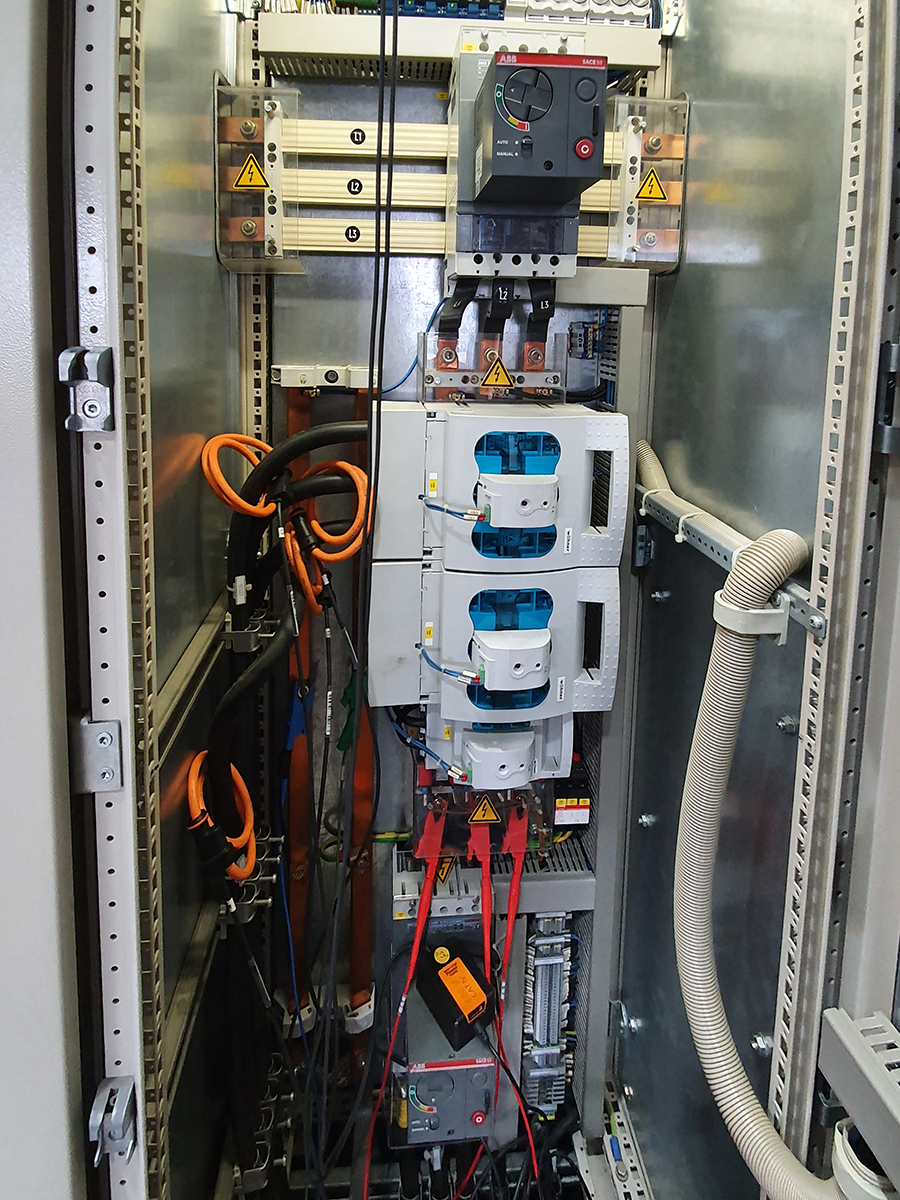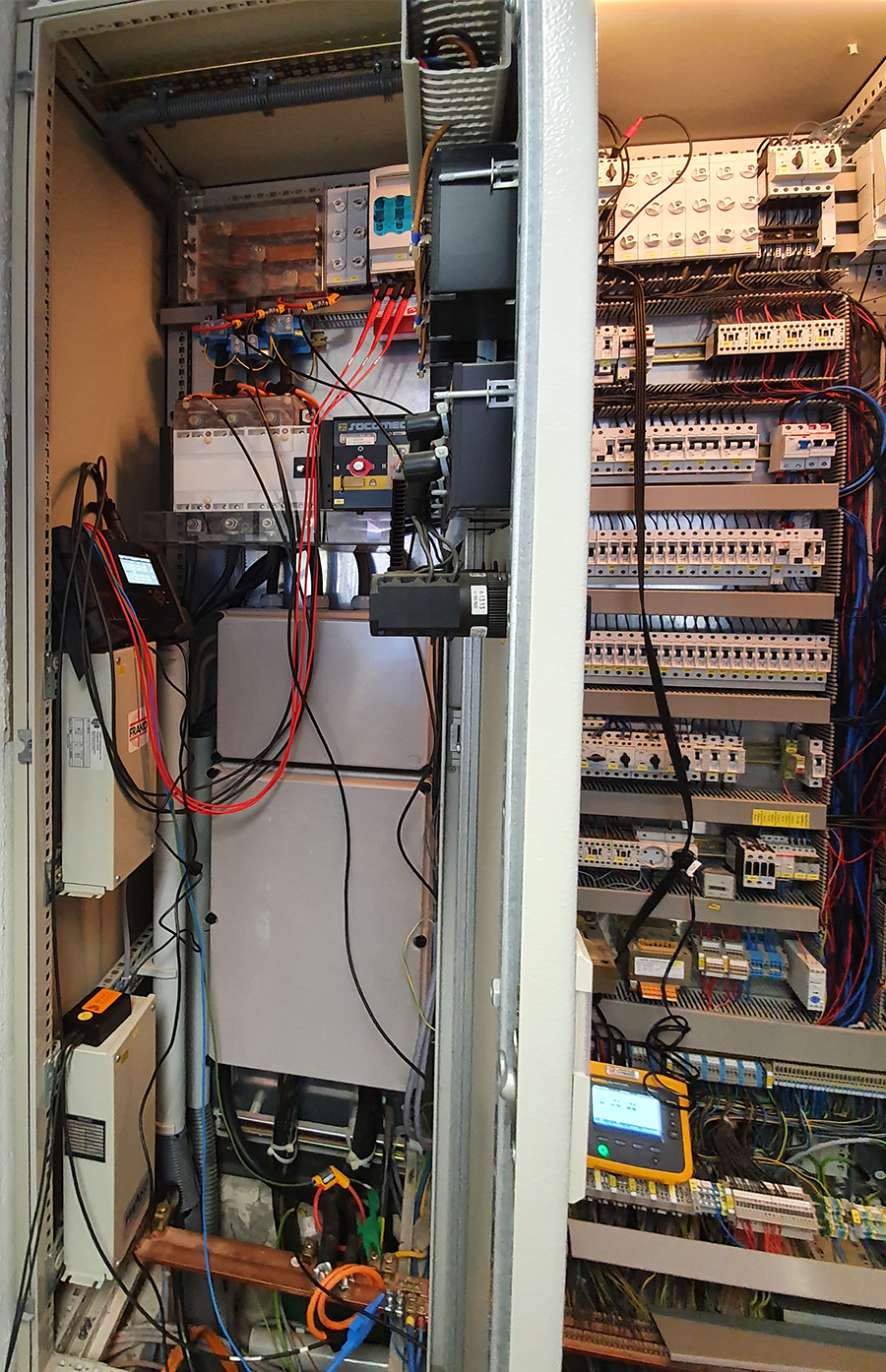Take action before grid perturbations turn into production losses!
Speed-controlled drives, LED lighting and many other energy-saving measures that are basically extremely sensible lead to significantly reduced energy costs. With increasing optimization, however, your grid quality will deteriorate considerably because, unlike conventional solutions (e.g. motors and light bulbs), these loads have a non-linear current consumption and therefore distort your grid. Harmonics are not only responsible for unnecessary power loss, they also cause many other problems such as wear and tear on mechanical and electrical components, signal interference and production downtime.
It is generally assumed that energy suppliers are responsible for their grid quality. In fact, we as customers or system operators are responsible ourselves. Consequently, poor grid quality often results in the loss of warranty claims, because ultimately the life expectancy of the connected components is significantly reduced.
Let our service technicians analyze your grid and use the latest technology to document and evaluate your grid situation. You can then discuss the results with us and we will show you specific and best possible solutions to ensure that your system is protected and can work efficiently.
The measuring devices we use comply with the measuring device standard IEC 61000-4-30 (2015) for a “Class A device”.
Conventional grid analyses and installed power quality monitoring systems evaluate harmonics up to the 50th order or less, i.e. at best up to 2.5 kHz in the 50 Hz grid.
REVCON grid analyses are always carried out with a PQ-Box 300 from A. Eberle. The advantage here is the high-resolution recording of interference up to 150kHz, as many interference transmitters such as Active Front End or other high-frequency systems are overlooked in the higher frequency band (supraharmonics).
The network analysis is carried out for public areas according to EN50160 or EN61000-2-2 and for industrial networks according to EN 61000-2-4. This means that in addition to harmonics, transients, frequency deviations and unbalance are also recorded and evaluated.
If a different standard applies to you, the network analysis can of course also be carried out according to the desired standard.









